October, 2022, O’Hare Airport, Chicago, Illinois, USA
As I stood at the airport kiosk watching the machine print out my boarding pass, I started to sob. Just seeing the letters of my destination printed on that pass brought a rush of memories and overwhelming relief to have made it so far. After pushing myself to live abroad and try-out solo travel during shorter trips, spending millions of hours dreaming, researching, reading guidebooks, pouring over maps, studying Spanish, purging and purging and purging my possessions, buying a new travel pack, and then packing, repacking and saying goodbye to all my friends and family… I am finally embarking on a life-long dream to backpack deep into South America. I bought a one-way ticket and have a general itinerary to travel and experience Argentina, Chile, and Patagonia for at least six months and maybe more. I’ve worked for so many years toward this adventure; it’s a little overwhelming to actually begin.
“BAI”.
More happy tears.
Buenos Aires, here I come!
November, 2022, Buenos Aires, Argentina
To begin my adventure in Argentina, I spent over two weeks in Buenos Aires, wandering the wide tree-lined boulevards, lunching in the parks, drinking coffee at the sidewalk cafes and absorbing its very European culture. It didn’t take me long to realize, that quite possibly, this is my new favorite city in the world.
Buenos Aires (BA) 101
Greater Buenos Aires has over 13 billion people. It is the capitol of Argentina and the largest city in South America. However, it didn’t seem like such a big city. With so many shopping streets and plazas connecting all the distinct neighborhoods, and an easy to use system of buses and subways, it was very manageable for me to explore much of the city center and part of its suburbs. Buenos Aires is known as the “Paris of South America”. I’ve never been to Paris. But I can imagine that walking its historic and cosmopolitan neighborhoods is just like this. I truly loved BA for its architecture, parks and its passion for the arts.
The Best of Buenos Aires: its Architecture
Since I am not an expert at architecture, I did a little googling to understand more about how the city structures became so overwhelmingly beautiful. This is what I found:
Between 1860 and 1930, Argentina was growing at such an impressive pace that it was expected to become the United States of South America. As agricultural exports to Europe took off thanks to technological advances in storage and transport, foreign capital poured in and Argentina became one of the wealthiest countries on Earth. People were making money hand over fist and European immigrants fleeing their own countries debated between whether to choose the United States or Argentina.
HTTPS://WWW.ADAM-DAVID.ME/ARCHITECTURAL-STYLES-BUENOS-AIRES-OVERVIEW/
Much of this newly created wealth would find its way to Buenos Aires, where cattle arriving from the Pampas (grasslands) via rail were slaughtered and processed in the city’s large network of meat packing plants before being shipped to Europe through the city’s well-positioned port. This, in turn, led to the establishment of Buenos Aires as the financial center of this rapidly expanding economy, further increasing the amount of wealth contained in the city. Labor was in high demand and European immigrants responded by arriving in droves (predominantly from Italy and Spain). The combined expansion of wealth and population, provided both the rationale and means to invest heavily in order to rapidly transform the city’s landscape. Ambitious and well-trained architects (overwhelmingly from Europe) in search of work, found, in Buenos Aires, a blank canvass upon which to bring their architectural visions into reality.
What resulted was one of the great urban expansions in human history, producing an abundance of architectural achievements that we still benefit from today.
Every day in BA, I walked between 7-10 miles, just gawking at the architecture in all the different neighborhoods. Here’s a sampling of what I saw….

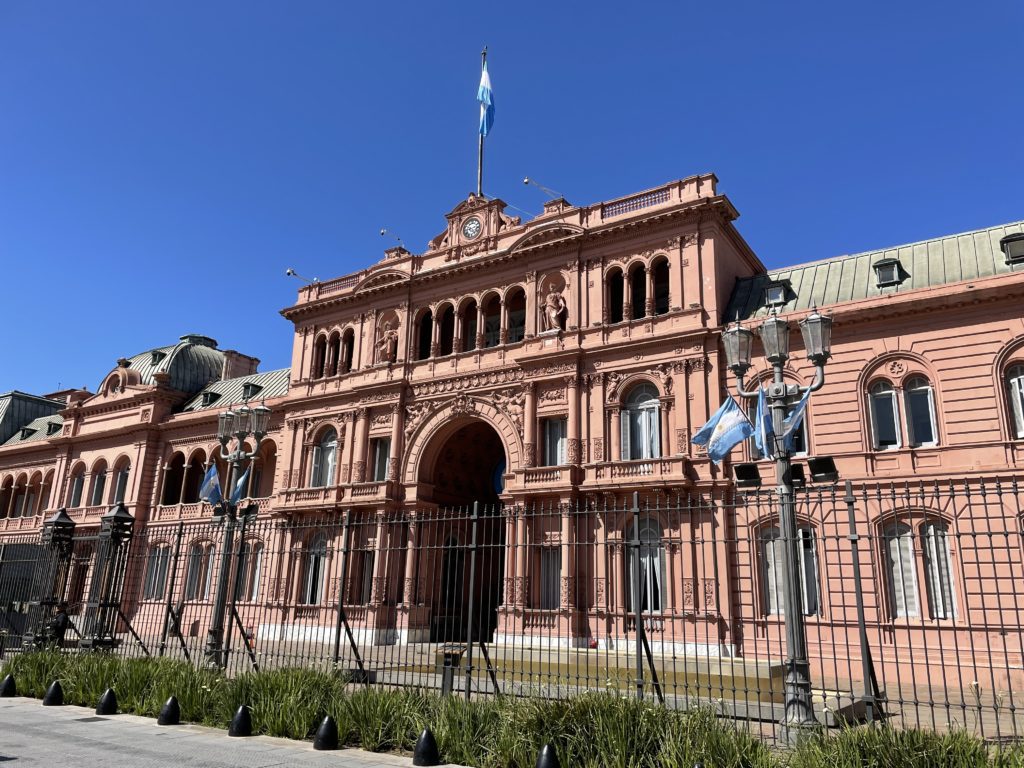









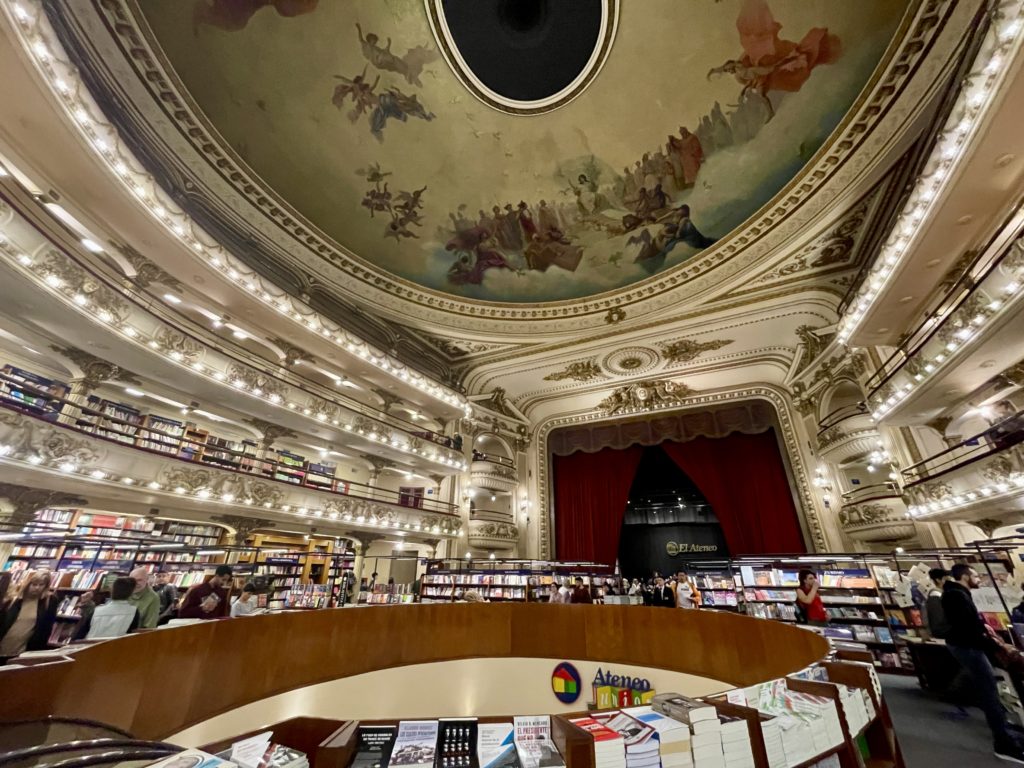













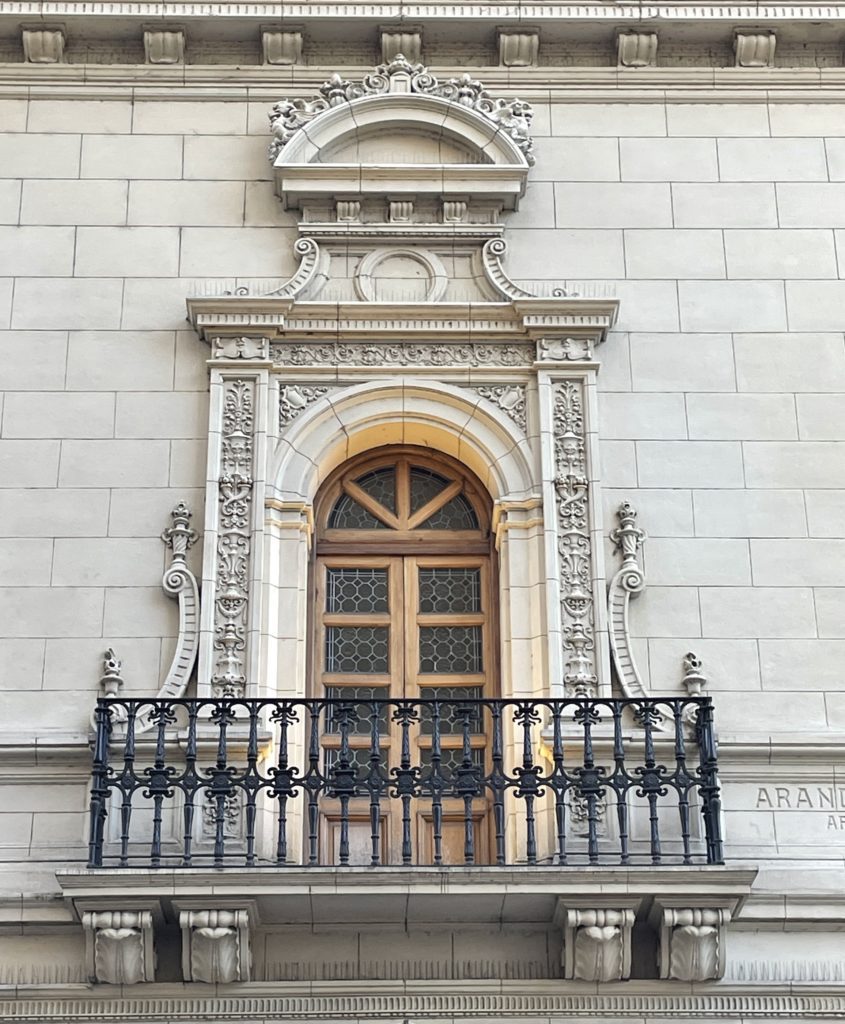















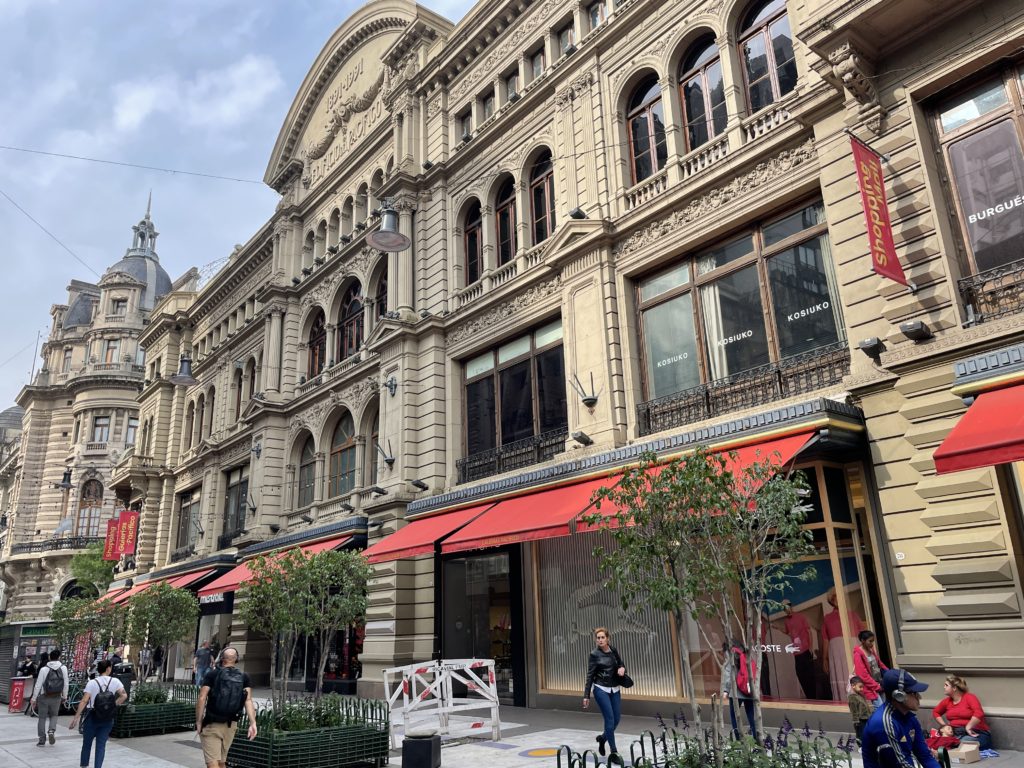







The Best of Buenos Aires: its Parks and Open Spaces
Buenos Aires is filled with large parks, plazas and playgrounds for its citizens and visitors to enjoy. Every few blocks I would encounter a park with huge trees, lovely flower gardens, fountains, playgrounds, miniature play courts, ping-pong tables, soccer fields, exercise classes and public art. Larger parks have walking trails, lakes with paddle boats to rent, rose gardens, carrousel rides for kids, outdoor cafes, public art and statues commemorating war heroes, as well as poets, writers, and artists. There’s even a huge zoological park in the middle of the city. Almost all the parks in Buenos Aires are free to the public and they all have wide expanses of grass inviting everyone to enjoy the sun, and share a picnic together. Porteños, as the people of Buenos Aires call themselves, really use their parks. In fact, many restaurants cater to take-out lunches so that people can eat their lunch in the park. Spending time outside and enjoying nature is clearly important in this culture, and I loved finding a bench and eating my lunch outside, too!


































The Best of Buenos Aires: its Passion for the Arts
Buenos Aires is filled with hundreds of museums for every different topic you can imagine. I know this, because I was there on a Saturday night when the city held a special once-a-year event called “Night of the Museums”, where all the museums stayed open until 2 AM for free. They distributed an on-line 100-page promotional guidebook to promote all the participating museums. It was so amazing – and overwhelming! In addition to that, each neighborhood has cultural centers that invite the public to free and daily art exhibits, movies, concerts and tango dances (called Milongas). Finally, public art is everywhere in the streets with colorful murals, statues, and beautiful historic monuments. I caught many spontaneous music concerts in restaurants and parks, and always enjoyed the performers and tango dancers entertaining on the sidewalks for a few pesos. Art is at the heart of Buenos Aires’ culture.


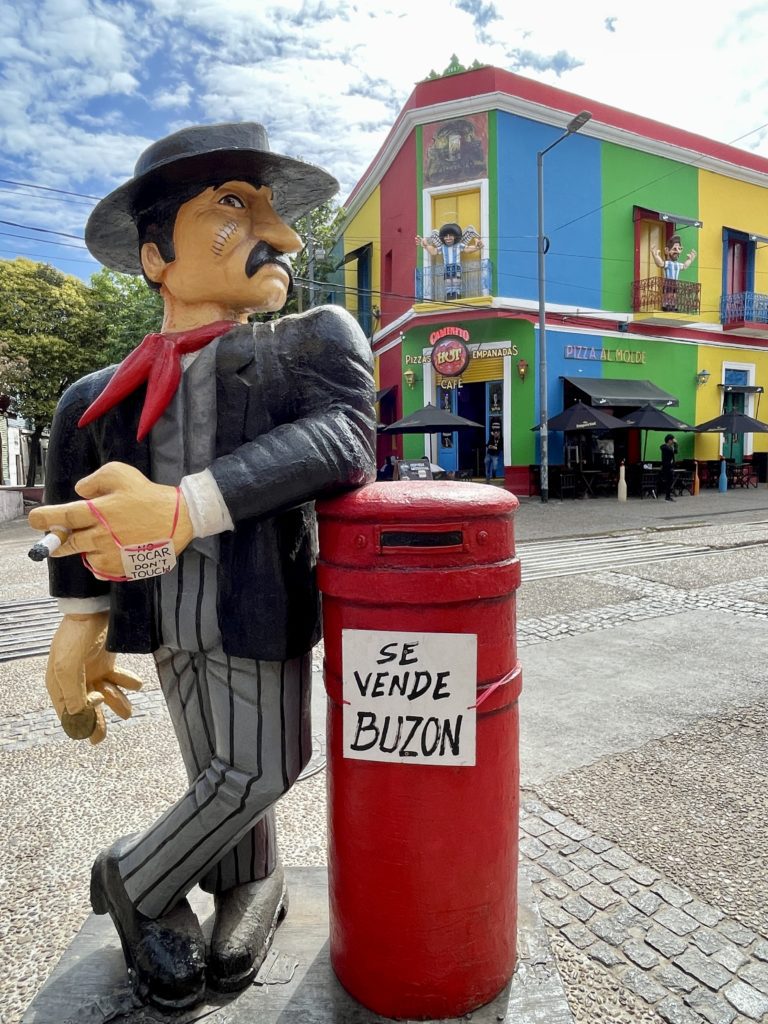









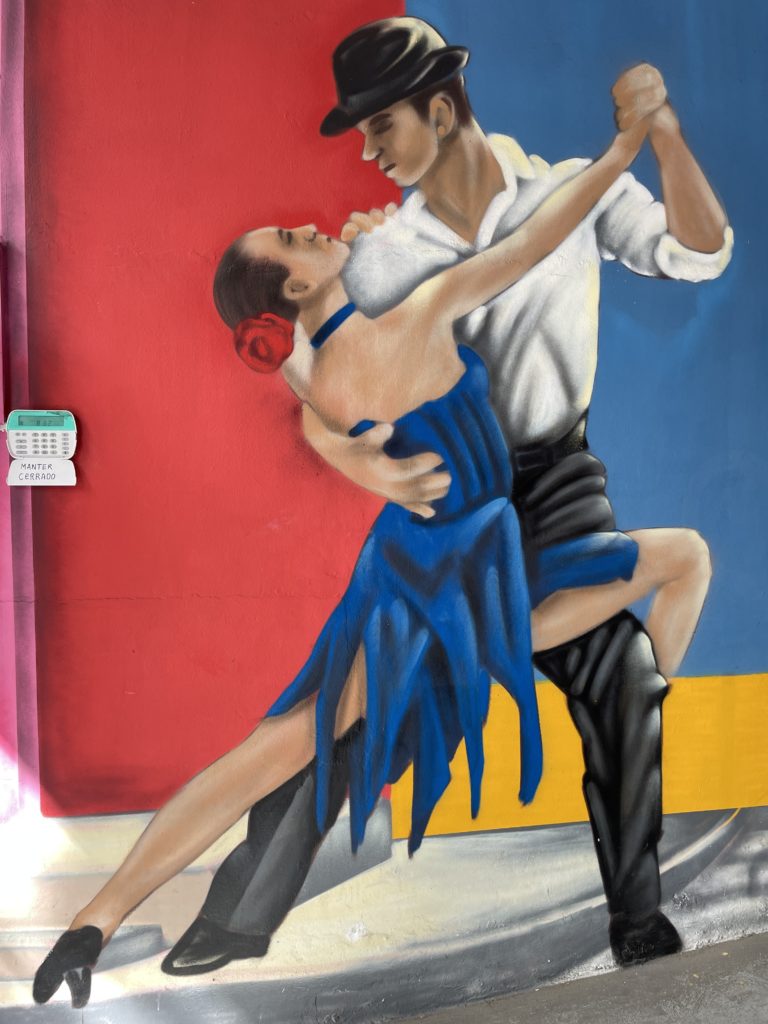



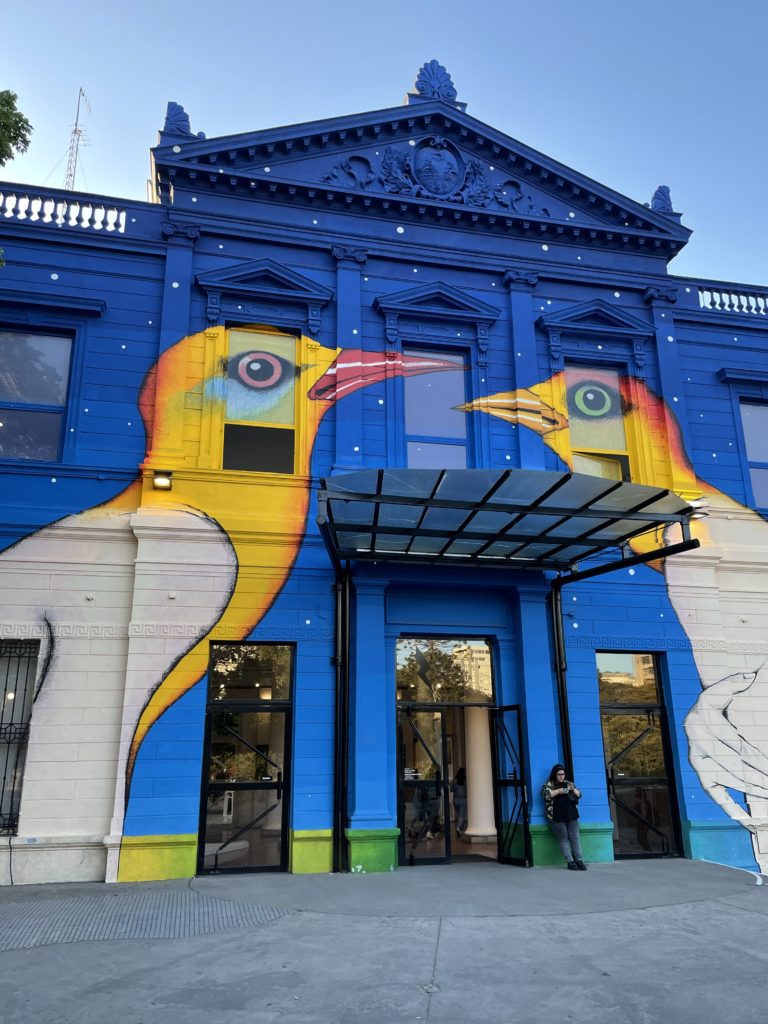

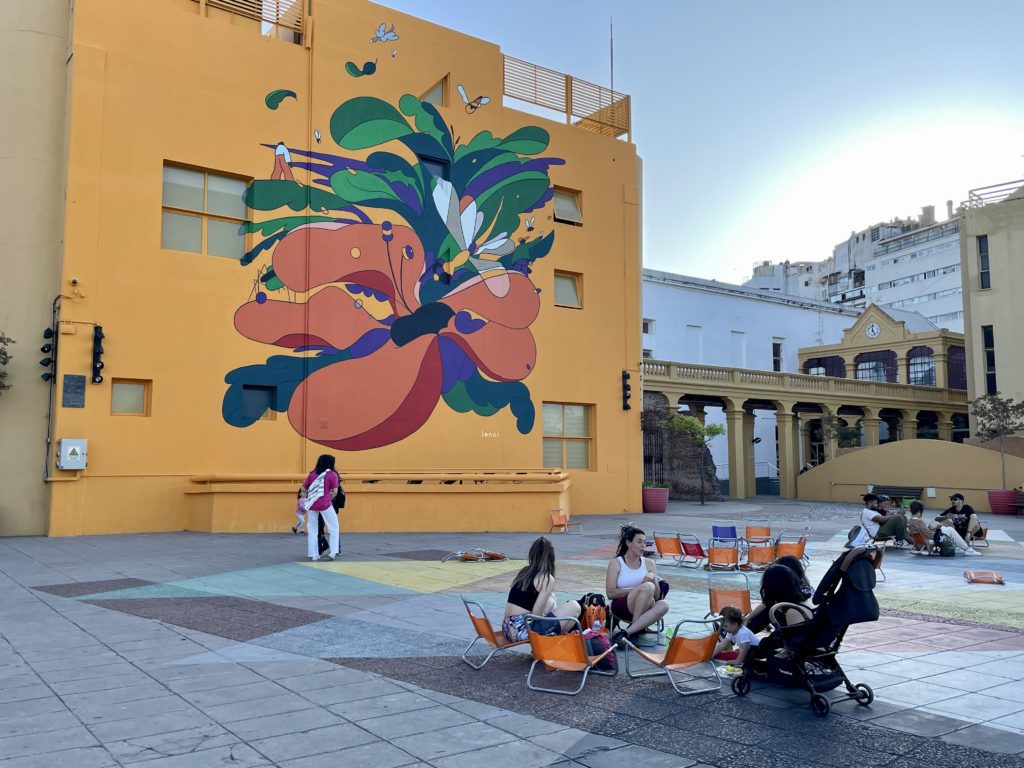



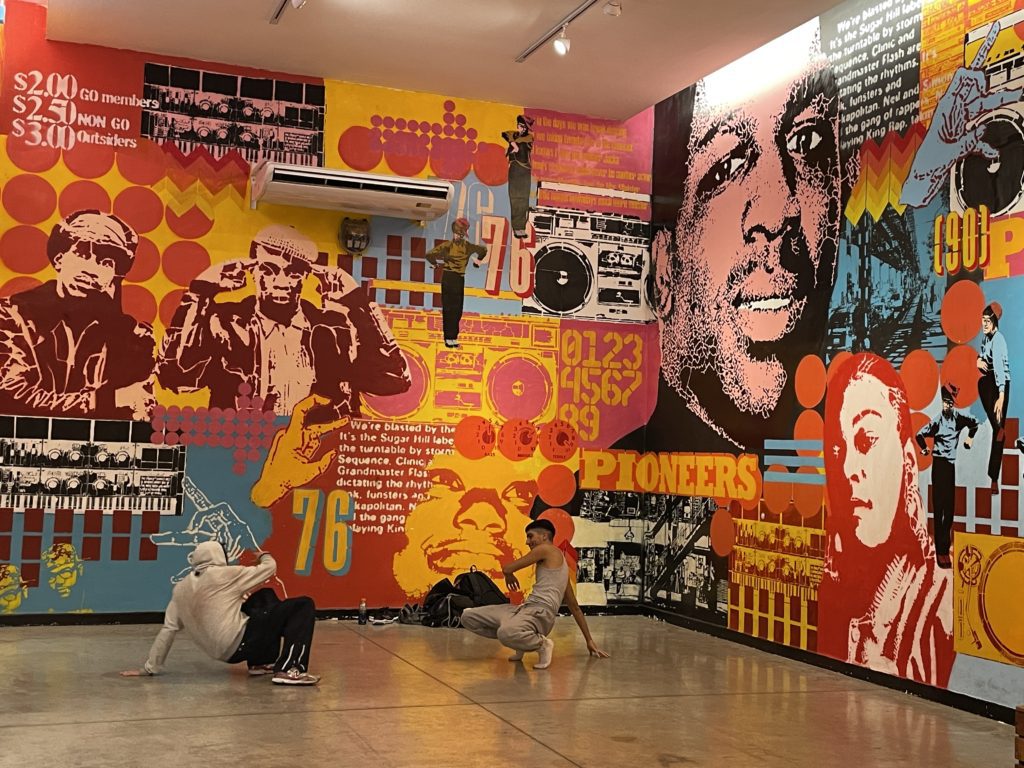

In addition to my wanderings, I spent my days in Buenos Aires improving my Spanish with morning classes at a Spanish language school. I like to do this when I arrive to a new place because the teachers not only helped me understand the Argentine accent and specifics of Argentine customs, but the school held cultural activities each afternoon where I participated in an Argentine tradition or visited a new spot in the city. The other big benefit of a language school is the opportunity to meet up with other travelers and have some instant friends with whom to share lunch or a night out on the town.
Fortunately, thanks to my previous travels, I also knew some BA locals. During my trip around Colombia, I had met two different couples, and one of them gracefully offered me accommodations when I arrived. They also helped me get a new phone, exchange my money and learn the bus and subway system to get around.
To all my new friends in Buenos Aires, I’m very grateful to have shared this experience with you. I don’t think this will be my last time in your city. I really loved it that much!



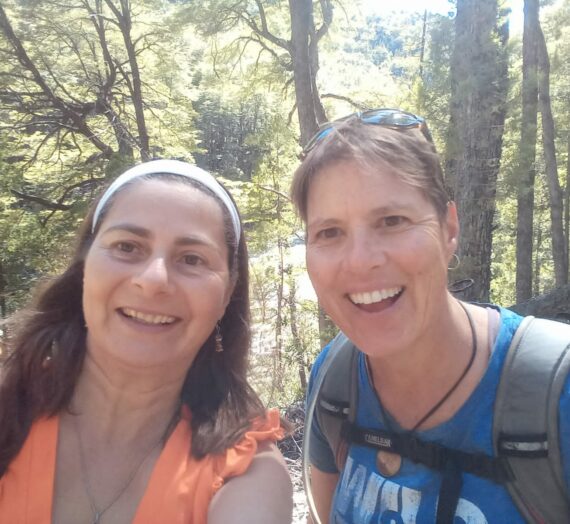
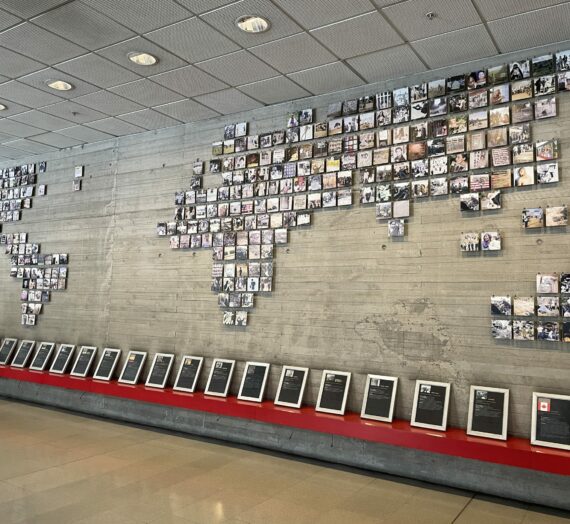
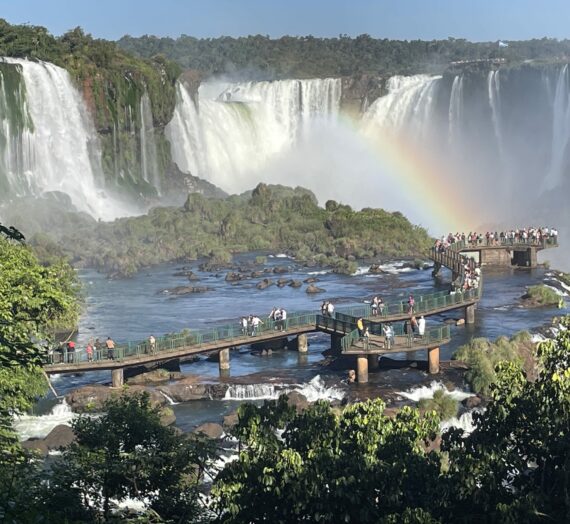
Lisa Vancans
BA looks incredible! Have a wonderful adventure Becky!
Gayle Warberg
Thanks to you I have to add BA to my bucket list! You open up a whole new adventure everywhere you go! Here’s to continued safe, fun and amazing adventures!❤️😘
Stephanie Sanford
Thanks for the tour of BA. Wonderful! Steph
Claire Flinn
If we never get to BA thank you for sharing! Stay safe, Vaya con dios! ❤️
Tom Pinit
Beautiful! We have wanted to visit BA for a long time.
Mabel Cardozo
Hello Becky!
I am so glad you have visited Argentina, my country. The pictures are superb! From now on, I will follow your adventures wherever yo go.
Liz Etchepare
Beautiful photos and fabulous information! I need to visit BA to experience it! Thank you for the amazing taste! ♥️